In Italy in the 1920s, hotels were generally seen as something much more than ordinary resorts.
They represented a place of class and prestige, a spot where members of the high society could socialize and fraternize with each other. It wasn’t enough for a hotel to be just a residence where they could spend a night or a holiday. It also needed to serve as a luxurious temporary home filled with all the necessities.
It’s safe to say that the hotels of that era symbolized style and utmost comfort, the epitome of cleanliness and esteem. The facilities were top notch and had almost everything that was required, from bathhouses to spa centers.
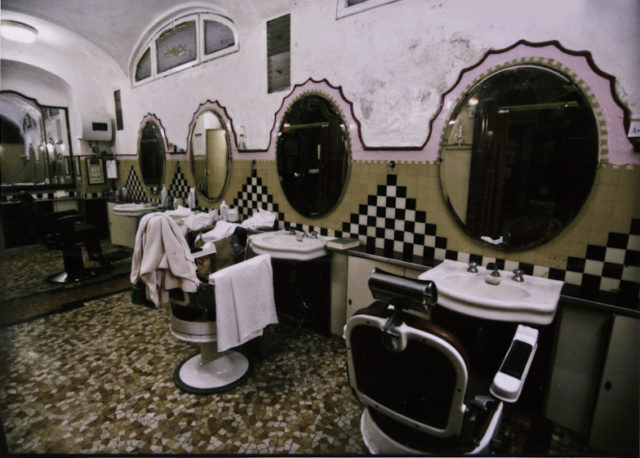
Photo Credit
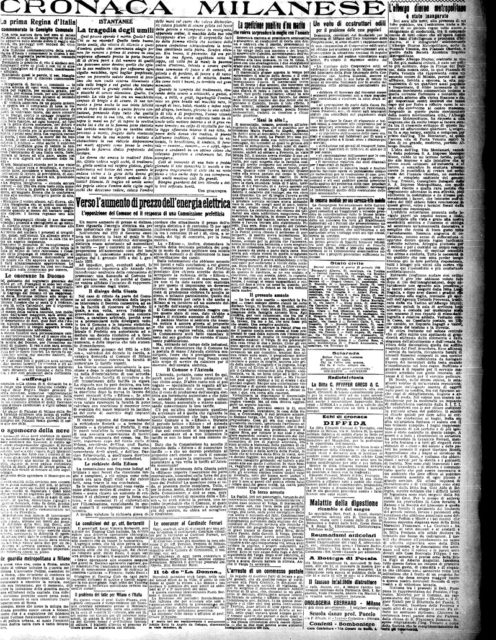
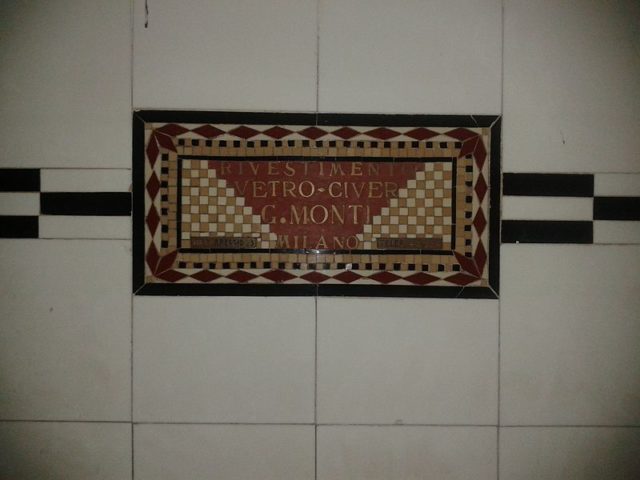
Back in those days, when there were no showers installed in homes, even the rich Italians needed to go and visit public wash houses. There was nowhere better to do this than Milan, the fashion capital of Italy. Taste and elegance were everything.
Because of this kind of requirement, a “day hotel” was created. Called Albergo Diurno Venezia, this underground resort represented all that the high society cherished the most: a place where they could rest, shower, shop, and get haircuts and manicures. The only thing they couldn’t do was sleep overnight.
Designed by the architect Piero Portaluppi, and built between 1923 and 1925, the Diurno was dynamite. It quickly became one of the most-visited and vibrant institutions in Milan. It screamed style and sophistication.
Located beneath the Piazza Venezia metro station, the hotel was open daily from 7 a.m. to 11 p.m. People didn’t need to check in when they visited, and the resort had room for all social classes, not just the elites.
Travelers, students, workers, and ordinary citizens could all come here to relax. The daily hotel had it all: large lounges, lavish spas, and nail salons. The public bathrooms were rigorously maintained. Ironing and clothing services were also available, and it even had its own bicycle garage, travel agency, and photography shop. In the lobby, there were typists who helped illiterate people to send telegrams or letters. Overall, the Diurno was anything but a regular hotel. It was an entire multiservice center with all kinds of facilities, pretty much like a shopping mall or an airport today.
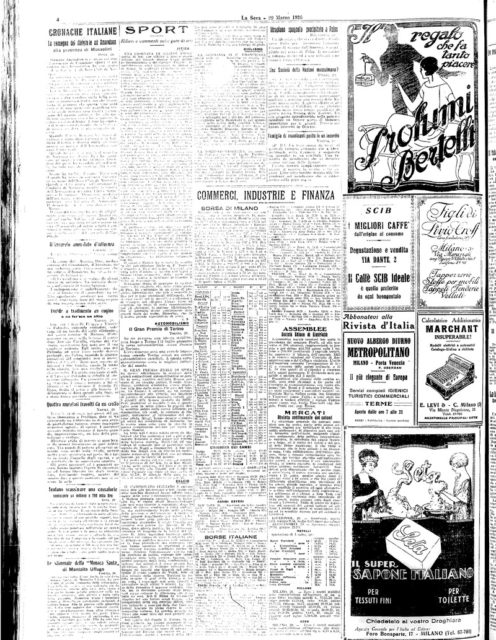
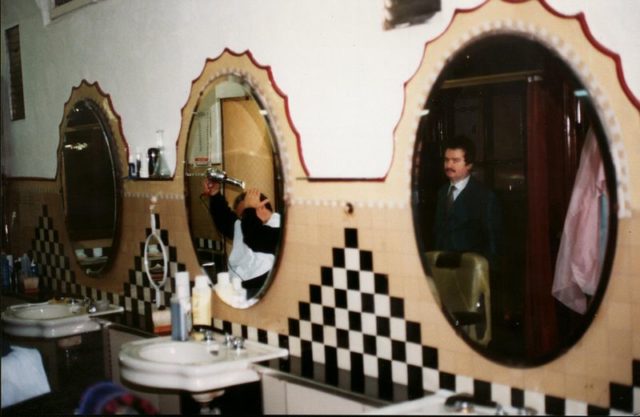
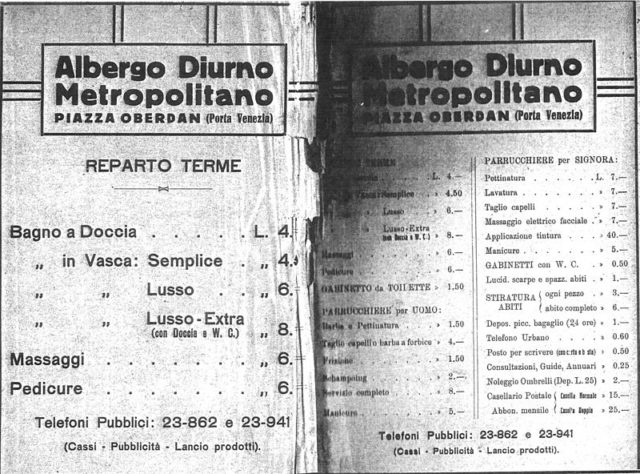
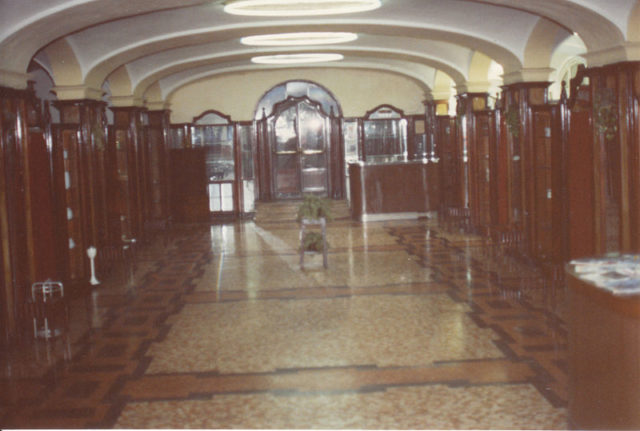
However, as modern plumbing systems were introduced in people’s homes, the resort’s slowly started to see fewer patrons. The baths finally closed in 1985, and the place was almost abandoned. By the late 90s, only the barber shop stayed open, finally closing in 2006.
Nevertheless, even though it has been abandoned and derelict for so long, nothing can take away from the glory of this magnificent resort.
The Albergo Diurno is considered a piece of artistic and historical heritage, and visitors who come here are still amazed by its elegant Art Deco architecture. Called the “underground Pompeii”, the resort remains intact and frozen in time. All that was functional back then is still there: the post offices, bank, currency exchange stands, barber shops, travel agencies, photograph booths, and clothing boutiques. They are just in a slight state of decay now.
Even if it’s officially closed to the public, photographers and curious visitors still manage to sneak in, take photos, and walk around the halls.
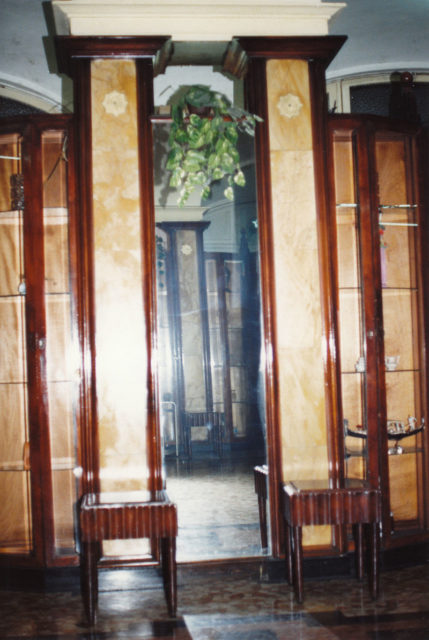
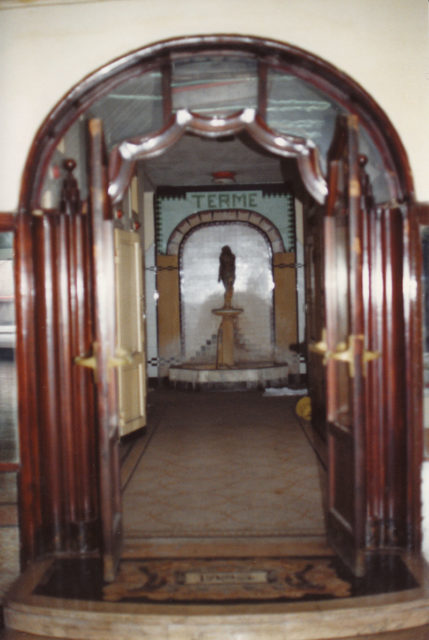
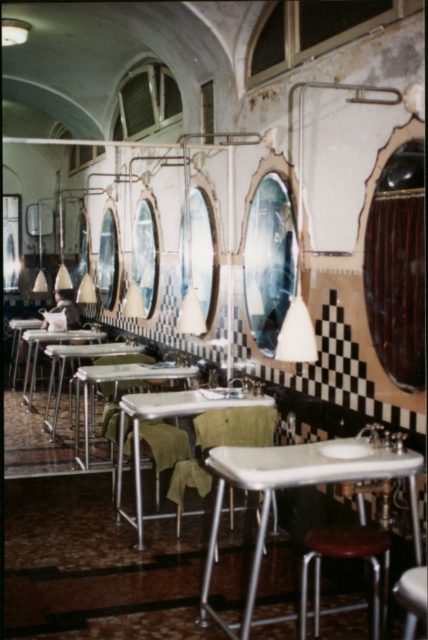
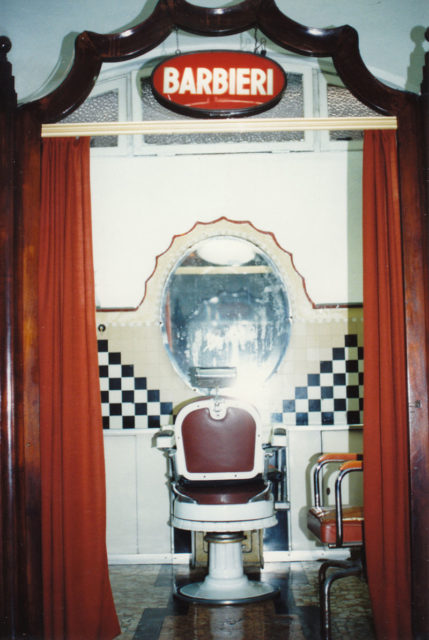
Everything about the place was splendid and masterfully done, but today, it is slowly starting to decay. All kinds of postcards, worn-out jackets, umbrellas, old newspapers, torn handbags, and barber brushes are scattered all over the place.
However, the question remains why such a luxurious place was built so hidden from the public eye, beneath the metro station. According to a source, anything in those days that was built bellow ground level was thought of as avant-garde, futuristic, and fashionable.
